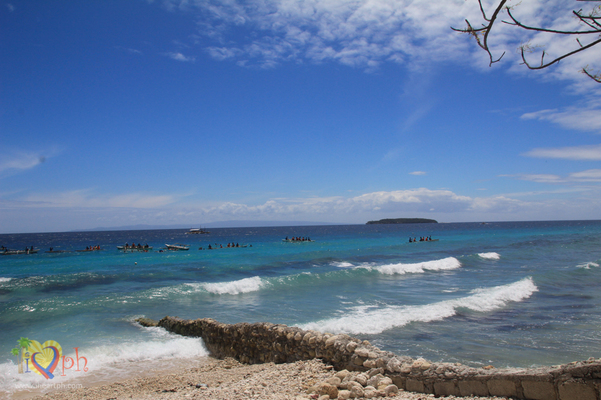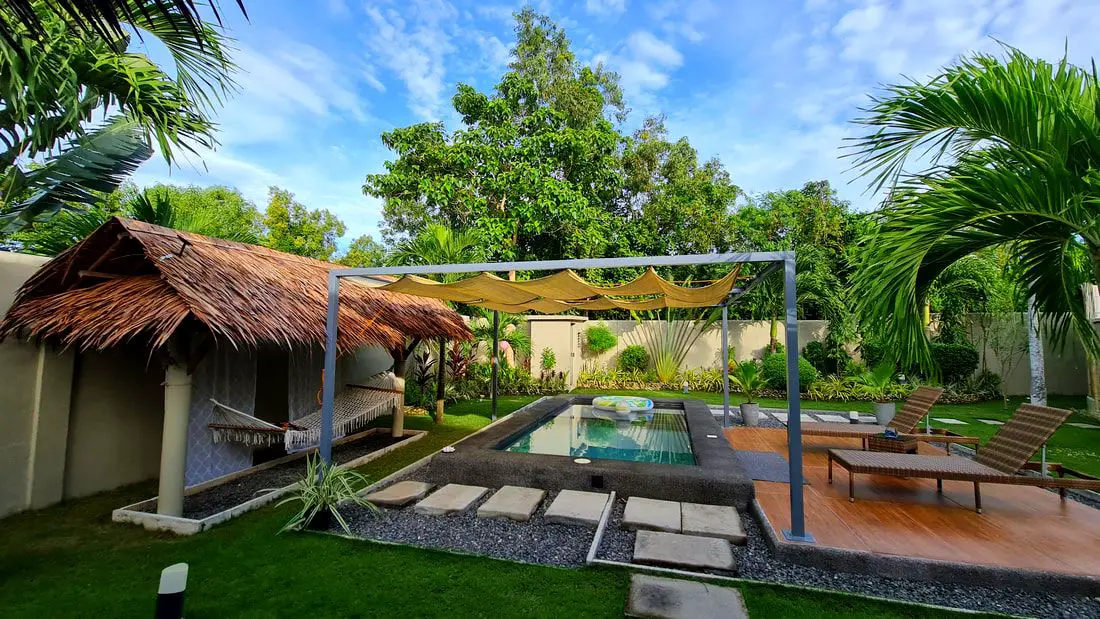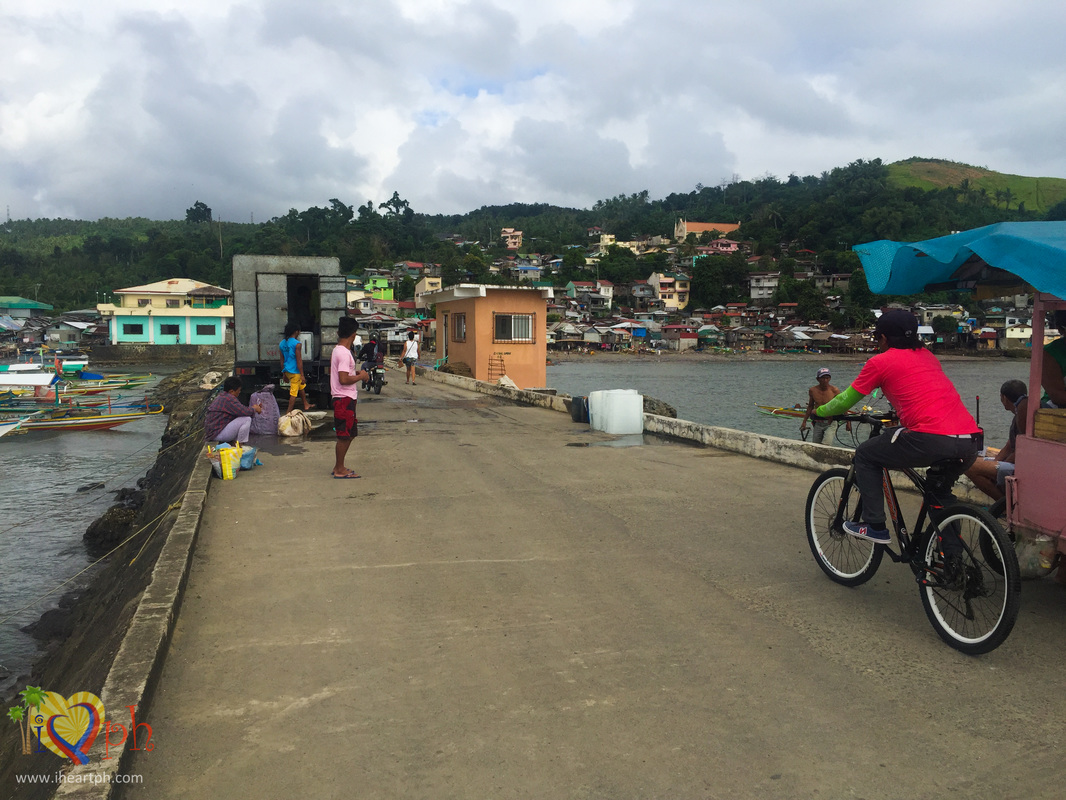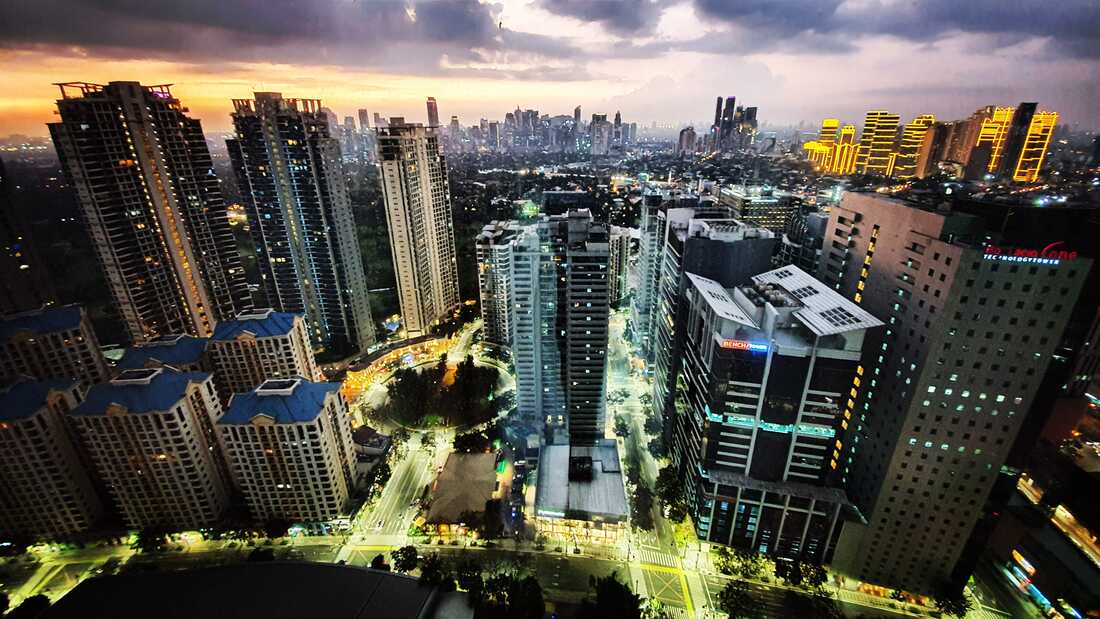Lucban is a vibrant and culturally rich 2nd class municipality located in the province of Quezon, Philippines. With a population of 53,091 as of the 2020 census, this town is celebrated for its artistic, dance, and agricultural contributions to the region, earning it the titles of Art Capital, Dance Capital, and Rice Capital of Quezon province.
The town is located approximately 22 kilometers from Lucena City and 127 kilometers from Manila, making it accessible by land from the metro area.
Lucban is renowned for its annual Pahiyas Festival, held every May 15th in honor of San Isidro Labrador, which showcases the town’s rich cultural heritage and community spirit. The festival, along with the town’s scenic beauty and historical sites, including the Kamay Ni Hesus, Hand of Jesus Shrine, and St Isidro Labrador Parish, attracts visitors from all over, seeking to experience its unique charm and traditions.
Legend has it that Lucban derives its name from the lukbán or pomelo tree, a testament to the town’s deep-rooted history and connection to nature.
Here are some activities that you can do and food you can try to maximize your trip.
Attend the Pahiyas Festival

The Pahiyas Festival, held every 15th of May, is a feast in honor of San Isidro Labrador, the patron saint of farmers. This vibrant festival is famous for its colorful decorations, including kiping (rice paste wafers shaped into leaves and dyed in bright colors) and various agricultural produce adorning the houses.
The festival is a photographer’s dream and a cultural enthusiast’s paradise, giving a glimpse into local traditions, creativity, and community spirit. The streets come alive with music, traditional dances, and a parade of beautifully decorated carabaos (water buffaloes).
Have some Kiping
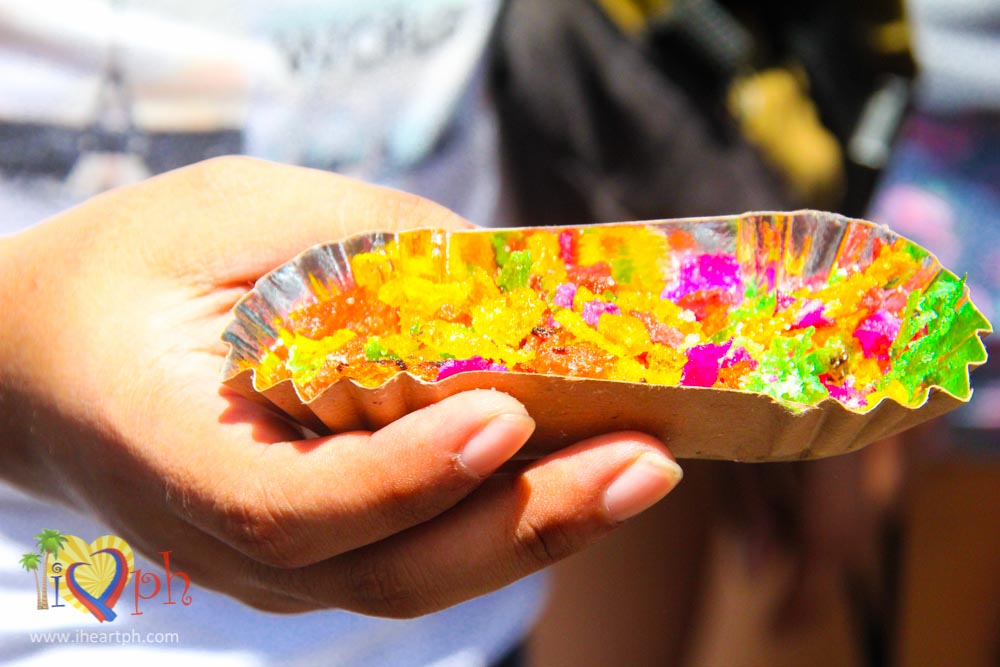
Kiping is a traditional Filipino leaf-shaped wafer that originates from Lucban, and is a central feature of the Pahiyas Festival and used to decorate the colorful houses. During the festival, kiping is crafted into colorful chandeliers (arangya), giant flowers, and other ornaments to adorn houses, which are then judged for their creativity.
It is made from glutinous rice that has been soaked, ground into a paste, mixed with food coloring, and then molded using leaves from various non-toxic plants such as kabal tree, coffee, talisay, cacao, antipolo, and saba banana leaves. The paste is spread on these leaf molds, steamed, and then air-dried.
Kiping can be eaten grilled or fried and is often enjoyed with a dip such as sugar, vinegar, or other sauces. It can be dipped in syrup, sugar, or honey if fried or grilled, making it a versatile treat that can be enjoyed as a dessert or snack. Without sugar, it would taste very bland.
Kiping only costs 10 pesos for each small paper plate (as shown above). It is usually crushed and sprinkled with sugar when served.
Climb up the Kamay ni Hesus Healing Church
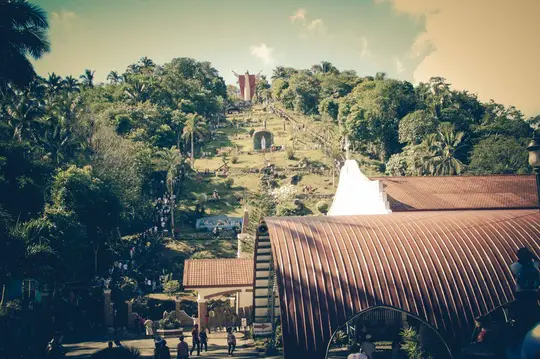
Kamay ni Hesus Healing Church was where we conveniently parked during the Pahiyas Festival. It is around 1km away from the Lucban town proper and is located in Brgy. Tinamnam.
This site is a spiritual sanctuary known for its miraculous healing masses led by the charismatic Father Joey Faller. It is popularly known for the healing masses it holds during Wednesdays and Saturdays.
It also features a 50-foot statue of the Ascending Christ, one of the tallest religious statues in the country, situated atop a hill. From the road, you would see the statue so you shouldn’t miss it.
Visitors often climb the 300-plus steps to reach the statue, reflecting on the Stations of the Cross along the way since this is also a place of pilgrimage. The panoramic view from the top is breathtaking, offering a serene space for prayer and meditation amidst the lush greenery.
Savor Longganisang Lucban

Longganisang Lucban is a garlicky and slightly sour sausage that is a culinary icon of the region. Unlike other Filipino sausages, it’s known for its distinct taste, attributed to the local spices and the traditional method of preparation.
It’s best enjoyed with a serving of vinegar for dipping and a plate of steaming hot rice. Many local eateries and markets offer this delicacy, allowing visitors to taste the authentic flavors of this town.
Like any other longganisa, the Lucban version is best served with fried rice and egg, much like the usual longsilog meals in the Philippines. What makes this longganisa different is its strong garlic smell.
The ones we tried in a small local carinderia was very soft and loosens up very easily once its out of its skin. Vinegar is its best condiment. If you are going to eat in local carinderia, it usually costs about 50 pesos per serving. If you would like to take home a dozen, one tali of 12 pieces would cost 150 pesos. Not sure if the prices would be the same or cheaper during non-festival season.
Eat Pancit Habhab
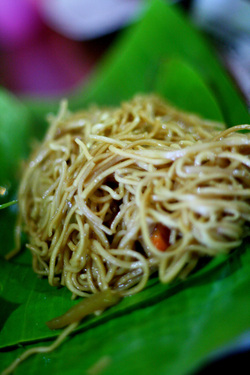
Pancit habhab is a Lucban specialty and tastes best when eaten hinahabhab. Which food doesn’t taste good when you use nothing but your hands to eat. 😊 This time, you don’t actually use your hands to eat but you would use your hands to push the pancit, conveniently served in a banana leaf, into your mouth.
Pancit habhab is mostly similar to other pancit varieties in the country but prepared and served a little bit differently. The noodles, they say, are not the same. Although pancit habhab looks very similar to pancit canton, habhab uses miki Lucban.
And serving it in a banana leaf makes it unique compared to other pancit of other provinces. When we were there during the Pahiyas Festival, pancit habhab costs only 15 pesos for a mirienda-sized serving. Not bad at all!
Explore Mount Banahaw
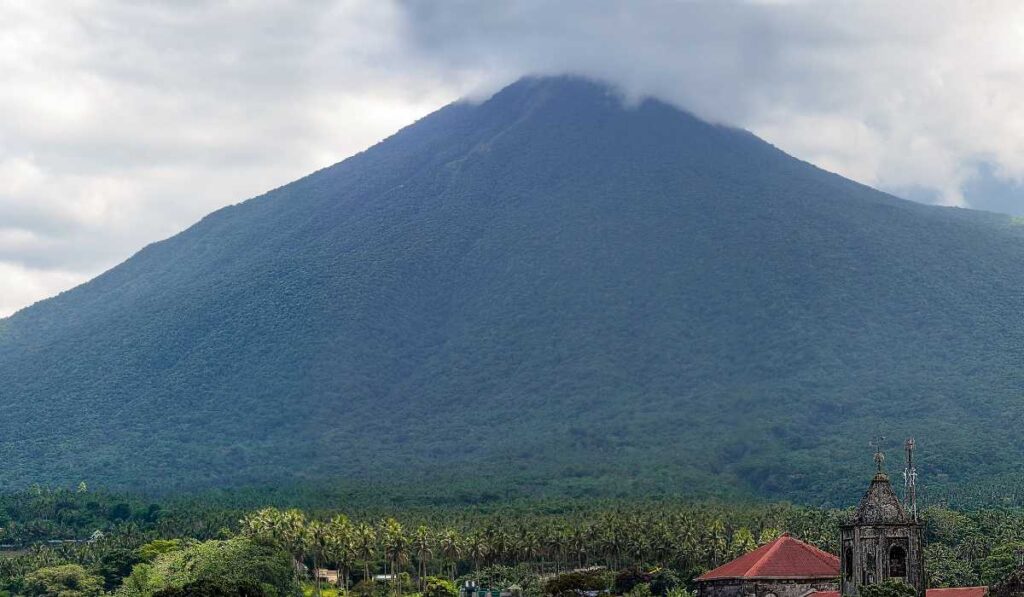
Mount Banahaw is a mystical mountain revered by many as a holy site. It offers various trails for hikers, ranging from easy to challenging, leading to hidden caves, crystal-clear springs, and majestic waterfalls. The mountain’s rich biodiversity and the spiritual ambiance make it a unique destination for nature lovers and spiritual seekers alike. Remember to respect the local beliefs and the natural environment during your visit.
Have lunch at Kamayan sa Palaisdaan
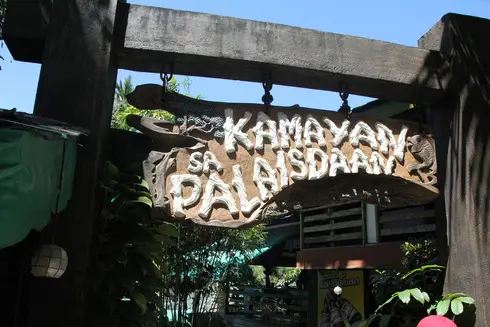
Kamayan sa Palaisdaan is one of the most convenient places to eat during Pahiyas Festival. It is about 30 minutes away from Lucban and would usually be the last stop in the area after the festivities.
During Pahiyas, it could get very crowded and the staff would not accept any reservations. First-come first-serve basis only.
Kamayan sa Palaisdaan serves almost all Pinoy dishes you can think of but they are mostly known for their fresh fishes that you can actually catch in their palaisdaan.
Best if you could have lunch on their floating rafts for the best experience. Any other way would be okay as the entire restaurant has a very relaxing and soothing ambiance. The last time we ate there, I think it took us about 3 hours before we left. 😊
Visit the San Luis Obispo Parish Church
The San Luis Obispo Parish Church, with its centuries-old façade and historical significance, stands as a testament to Lucban’s rich cultural and religious heritage. The church’s architecture reflects the Spanish colonial influence, offering a glimpse into the Philippines’ colonial past. Inside, the church is serene and inviting, with beautiful religious icons and artworks adorning its walls.
Relax at Batis Aramin
Batis Aramin, located just across from Kamay ni Hesus, is a resort and adventure park that offers a refreshing escape from the hustle and bustle of city life. The resort features natural spring pools, lush gardens, and a variety of accommodations. It’s a perfect spot for families and friends to relax and enjoy nature’s beauty. Activities like zip-lining, wall climbing, and fishing are also available for those seeking a bit of adventure.
Explore the Sphere of Nature
Sphere of Nature is a new nature park located in Barangay Kakawit, right by the foot of Mt. Banahaw. It offers visitors a chance to immerse themselves in the natural beauty of the area. The park is a serene destination where guests can enjoy the outdoors and experience the tranquility of the surrounding landscape. There are a lot of activities guests can do here or just make it a place for relaxation and leisure.
Taste the Local Eateries and Markets
The local eateries and markets are treasure troves of culinary delights. From the freshest produce to homemade delicacies, these places offer an authentic taste of the town’s rich culinary traditions. Exploring these markets is not only a feast for the taste buds but also an opportunity to interact with the locals and learn about their way of life. Some of the places you can go are the town’s public market or street food stalls around town.
Visit the Pahiyas Museum and Art Gallery
The Pahiyas Museum and Art Gallery is dedicated to preserving and showcasing the history and artistry of the Pahiyas Festival. Through its exhibits, visitors can learn about the festival’s origins, its significance to the community, and the creative process behind the stunning decorations. It’s an insightful stop for those interested in delving deeper into Lucban’s cultural heritage.
Check Out the ‘Hobbit Houses’
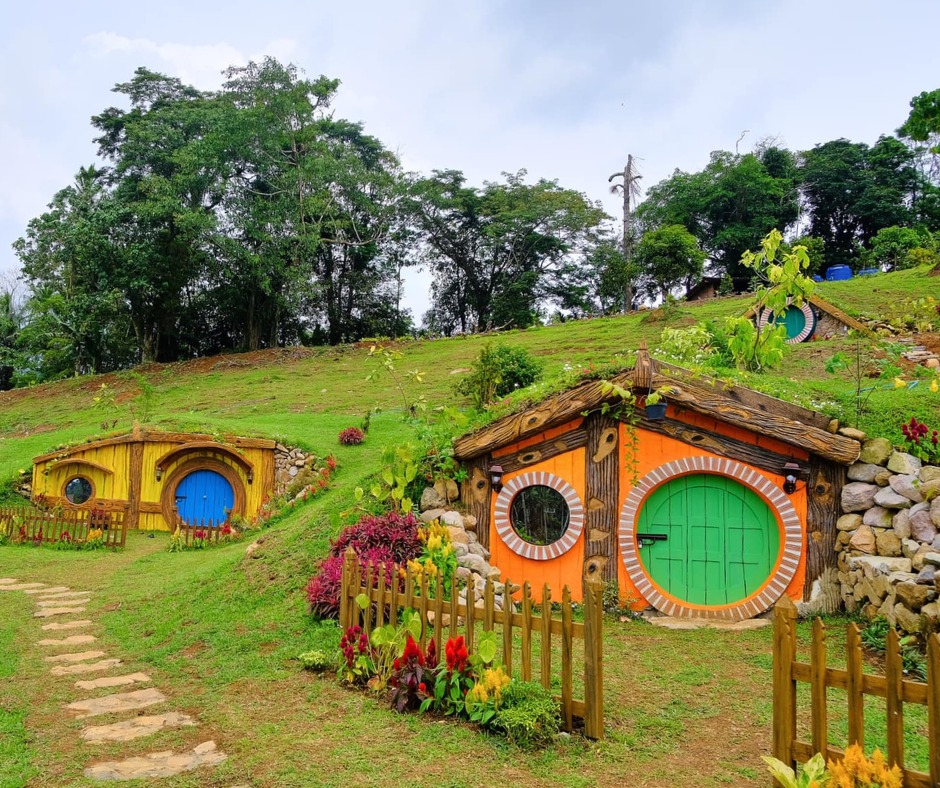
Inspired by the whimsical dwellings from J.R.R. Tolkien’s Middle-earth, the ‘Hobbit Houses’ offer a unique experience, drawing inspiration from the “The Hobbit” and “The Lord of the Rings” series.
Nestled within the lush landscape of Batis Aramin, a resort and adventure park located just across from the Kamay ni Hesus Healing Church, these enchanting structures offer a slice of Middle-earth in the Philippines and provide a fun photo opportunity for visitors of all ages.
The Hobbit Houses are meticulously designed to mimic the cozy, earth-embedded homes of the hobbits. With their round doors, small windows, and grass-covered roofs, these dwellings seem to have sprung straight from the pages of a fantasy novel.
Visit Other Religious Sites
Lucban is home to several other religious sites, including the St. Isidro Labrador Parish. These sites offer peaceful sanctuaries for prayer and reflection, each with its own history and significance. They contribute to the spiritual tapestry of Lucban, reflecting the town’s deep religious roots and diverse faith expressions.
Exploring Lucban, Quezon, offers a rich tapestry of cultural, culinary, and natural experiences. Whether you’re attending the vibrant Pahiyas Festival, savoring the unique flavors of Longganisang Lucban and Pancit Habhab, or finding peace in its religious sites and natural landscapes, Lucban promises a memorable journey for travelers.


